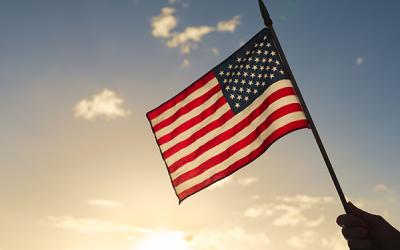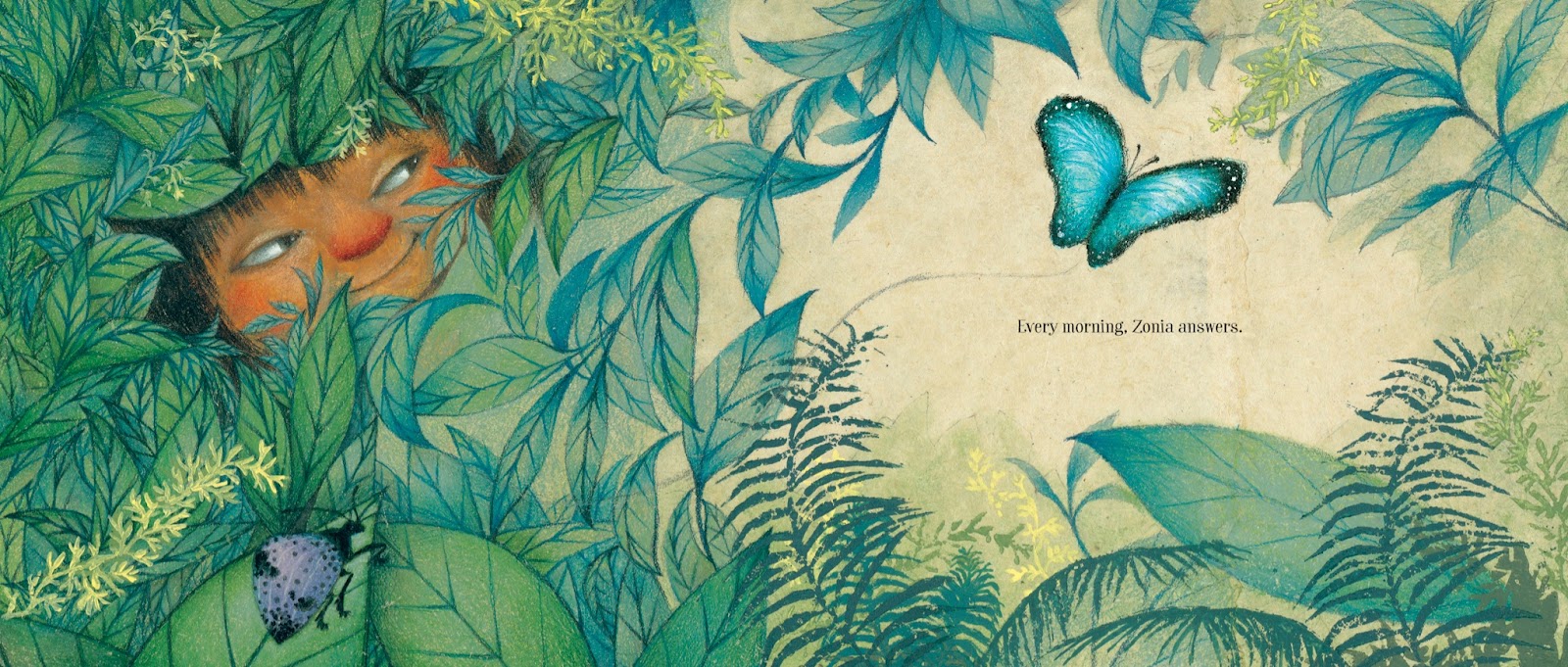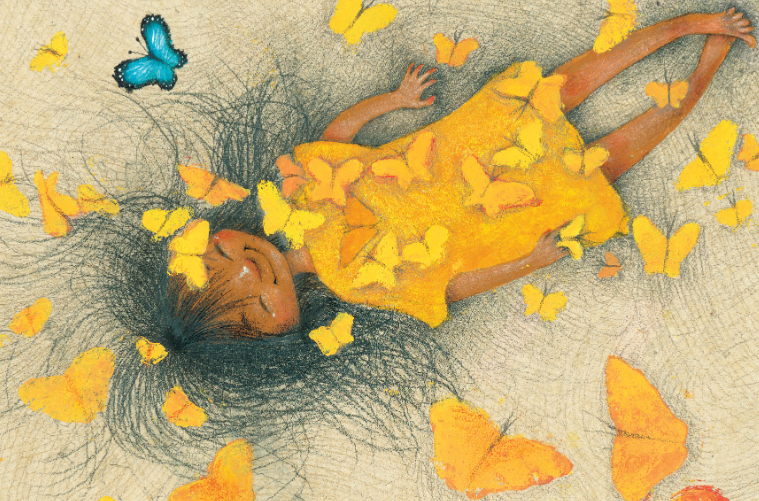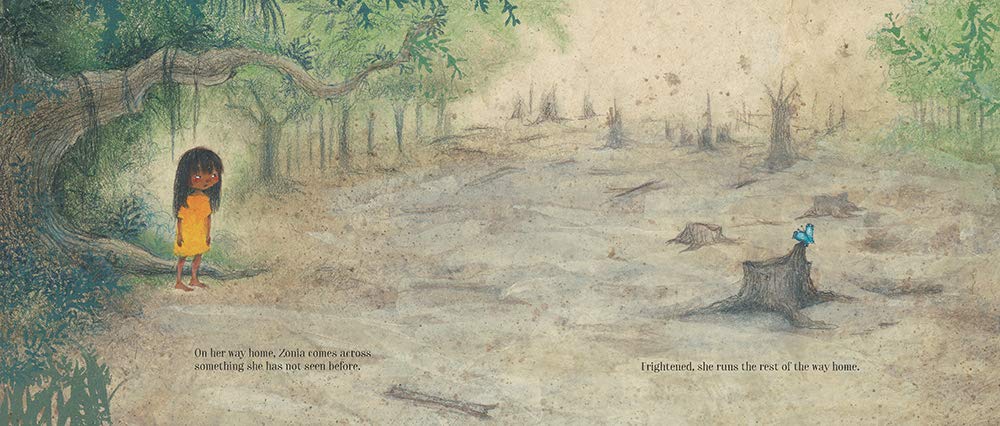
In author-illustrator Juana Martinez-Neal's latest book, Zonia's Rain Forest (available in Spanish as La selva de Zonia), a playfully fierce Asháninka child, Zonia, explores her home in the Amazon rainforest. This book was beautifully crafted on handmade banana bark paper, made by women from another indigenous group living in the Amazon. Verdant greens and cheerful, vibrant yellows and blues color in an Earthy backdrop, and Zonia simply glows. She darts through the forest in search of her animal friends and lies on the forest floor, covered in butterflies.







